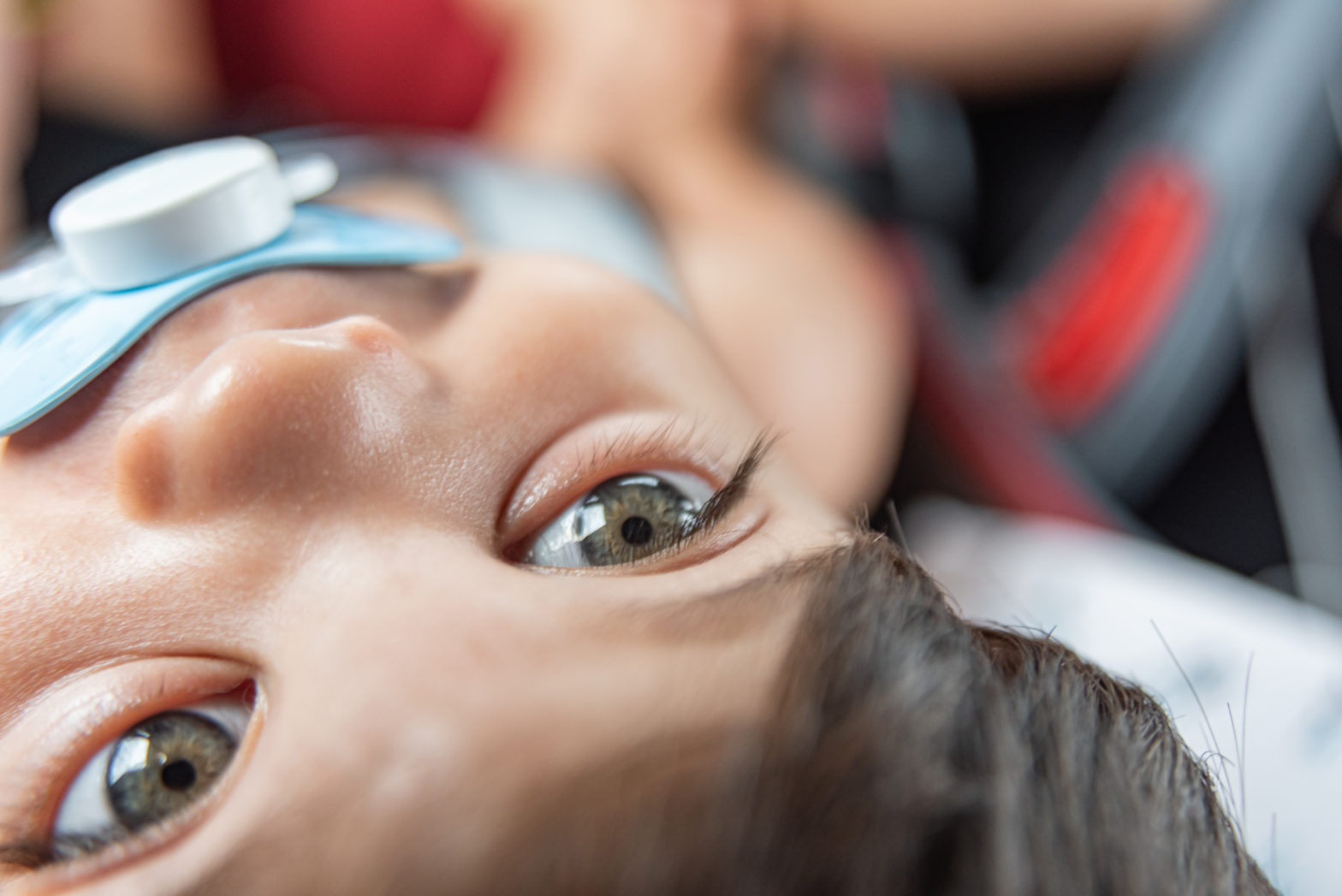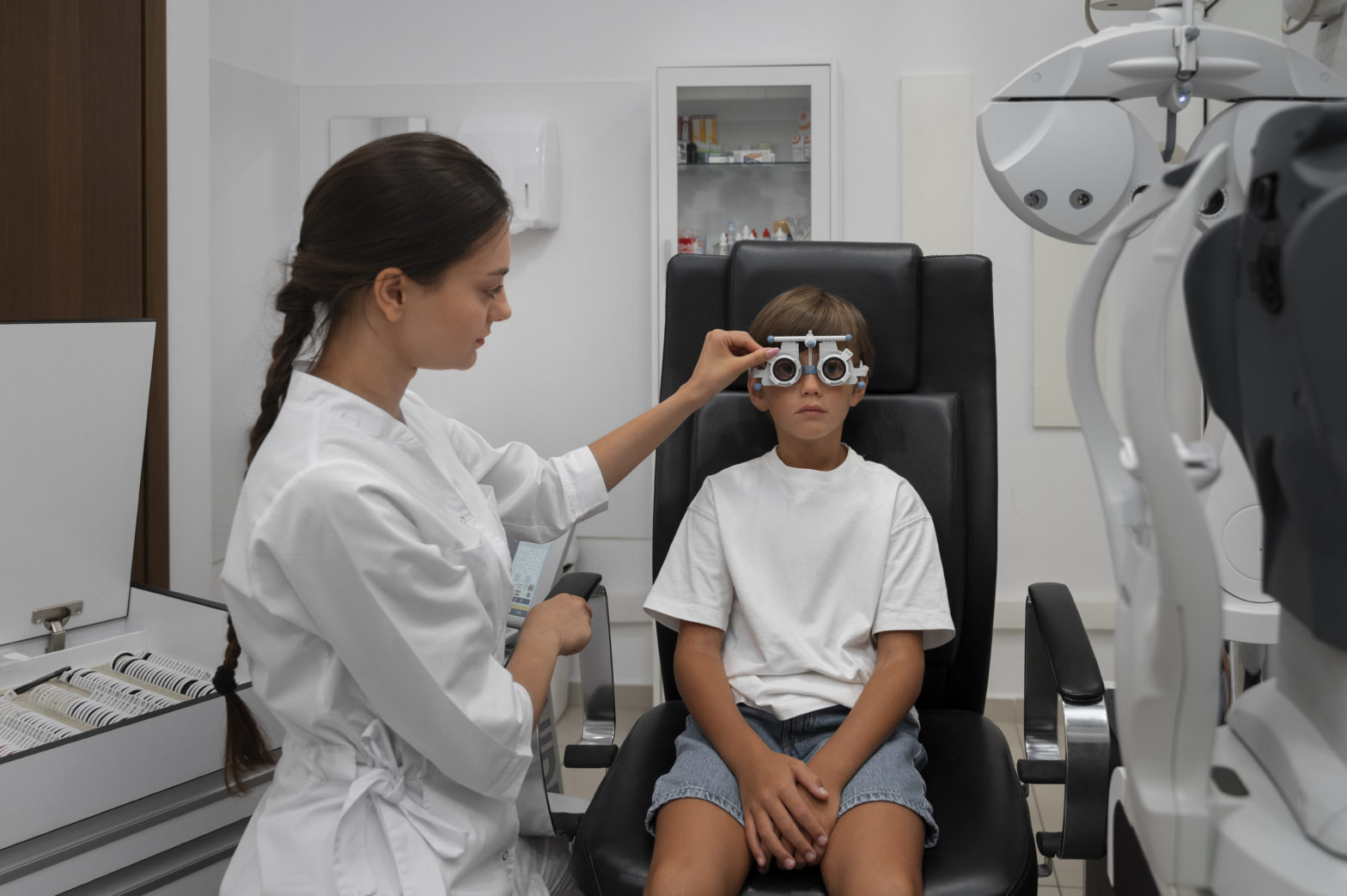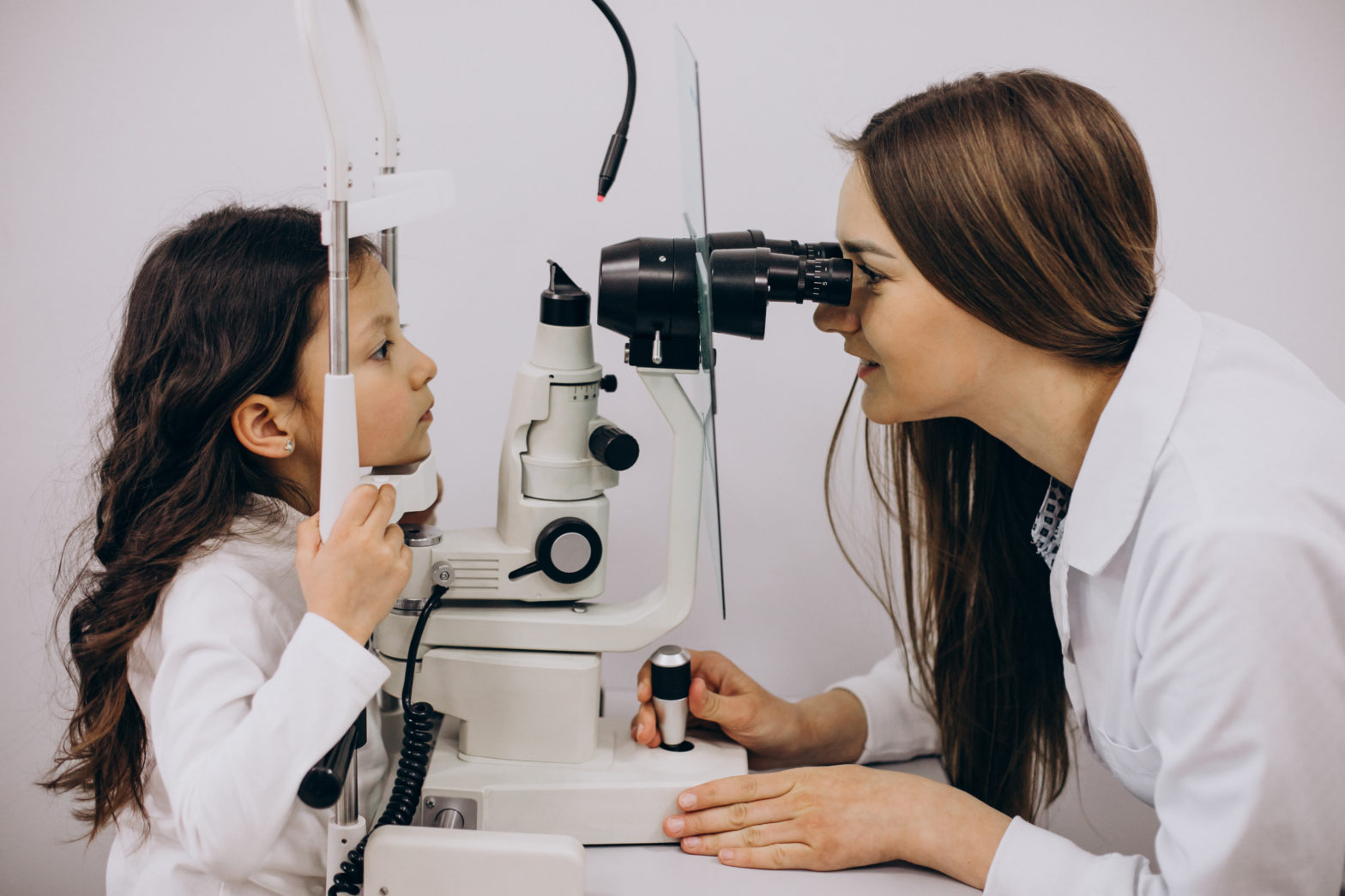Crossed eyes, also known as strabismus, is a vision condition in which the eyes are misaligned and do not work together. One eye may look straight ahead while the other eye may turn inward, outward, upward, or downward. This can lead to a range of vision problems, including double vision, blurry vision, and depth perception issues. In this blog post, we will explore the causes, symptoms, and treatment options for crossed eyes.
The medical term for cross eyes is “strabismus.” It is also sometimes referred to as “squint,” “wandering eye,” or “lazy eye” (although lazy eye technically refers to a different condition called amblyopia).
Causes of Crossed Eyes
Crossed eyes can be caused by a variety of factors, including problems with the muscles that control eye movement, nerve problems, and certain health conditions. Some common causes of crossed eyes include:
- Muscle imbalances: The muscles that control eye movement may be weaker or stronger in one eye than the other, causing the eyes to become misaligned.
- Nerve problems: If the nerves that control eye movement are damaged or do not work properly, the eyes may become crossed.
- Genetics: Crossed eyes can run in families and be caused by genetic factors.
- Health conditions: Certain health conditions, such as Down syndrome and cerebral palsy, can increase the risk of developing crossed eyes.
- A cataract, diabetes, eye injury or tumor in the eye can also lead to vision problems while being one of the primary squint eye causes.
- Sometimes, when a child with uncorrected farsightedness tries to focus, they can develop something called accommodative esotropia. This happens because of the excessive focusing effort.
Symptoms of Crossed Eyes
The most obvious symptom of crossed eyes or strabismus is the misalignment of the eyes, but there are other symptoms to look out for, including:
- Double vision: When the eyes are not working together, it can create double vision or overlapping images.
- Blurry vision: Crossed eyes can cause vision to become blurry or out of focus.
- Depth perception issues: If the eyes are not working together, it can be difficult to judge depth and distance.
- Eye strain: Trying to focus with crossed eyes can cause eye strain, headaches, and fatigue.
Eye Tests available for Crossed Eyes
There are several treatment options available for crossed eyes, depending on the cause and severity of the condition. These include:
Apart from the standard ophthalmic examination, there are multiple eye tests for squint eye like:
- A retinal examination is one of the most common tests for squint.
- Visual Acuity testing
- Corneal light reflex
- Cover/ Uncover Test
- Brain and Nervous System testing
Treatments available for crossed eyes
Amblyopia or lazy eye needs to be treated first. This is done by patching the good eye so that the weaker eye gets trained to work harder.
If the strabismus do not get corrected, eye muscle surgery is indicated. Different muscles of the eye are made stronger or weaker.
Adults with a mild squint that is not constant may benefit from eye exercises and glasses. If you have a severe grade of squint, you would require surgery.
Botox: Botox or Botulinum Toxin stops muscles from working and can be injected directly into eye muscles for certain types of squints.
Preventing Crossed Eyes
Early detection is very important. All children should get their vision checked between the ages of 3 months to 3. Years. If you have a family history of strabismus or amblyopia, you should get your child’s eyesight checked even before the age of 3 months.
While some cases of crossed eyes cannot be prevented, there are steps that can be taken to reduce the risk of developing the condition. These include:
- Getting regular eye exams: Regular eye exams can help detect and treat vision problems early on.
- Treating underlying health conditions: Managing health conditions such as diabetes, hypertension, and other conditions that can affect vision can help reduce the risk of crossed eyes.
- Protecting the eyes: Wearing protective eyewear when playing sports or doing other activities that could lead to eye injuries can help prevent damage that could lead to crossed eyes.
In conclusion, crossed eyes can cause a range of vision problems, but with early detection and treatment, many people can experience improved vision and alignment. If you or someone you know is experiencing symptoms of crossed eyes, it is important to seek out a qualified eye care professional for diagnosis and treatment. With the right treatment and care, it is possible to manage and even prevent the condition.
Crossed eyes in children
This can occur in children for various reasons, including issues with the muscles that control eye movement, problems with the nerves that control the muscles, or issues with the eyes themselves.
If you suspect your child has crossed eyes, it is important to consult with an eye doctor or pediatrician. They can perform an exam to determine the cause and severity of the condition, as well as recommend appropriate treatment options.
Treatment options for crossed eyes in children
Eyeglasses: Corrective lenses can help to realign the eyes and improve vision.
Eye exercises: These exercises can help to strengthen the eye muscles and improve coordination between the eyes.
Patching: Covering the stronger eye with a patch can help to strengthen the weaker eye and improve alignment.
Surgery: In more severe cases, surgery may be necessary to correct the misalignment of the eyes.
It is important to treat crossed eyes in children as early as possible, as it can cause issues with depth perception, vision, and even self-esteem. With appropriate treatment, most children with crossed eyes can achieve normal eye alignment and vision.









